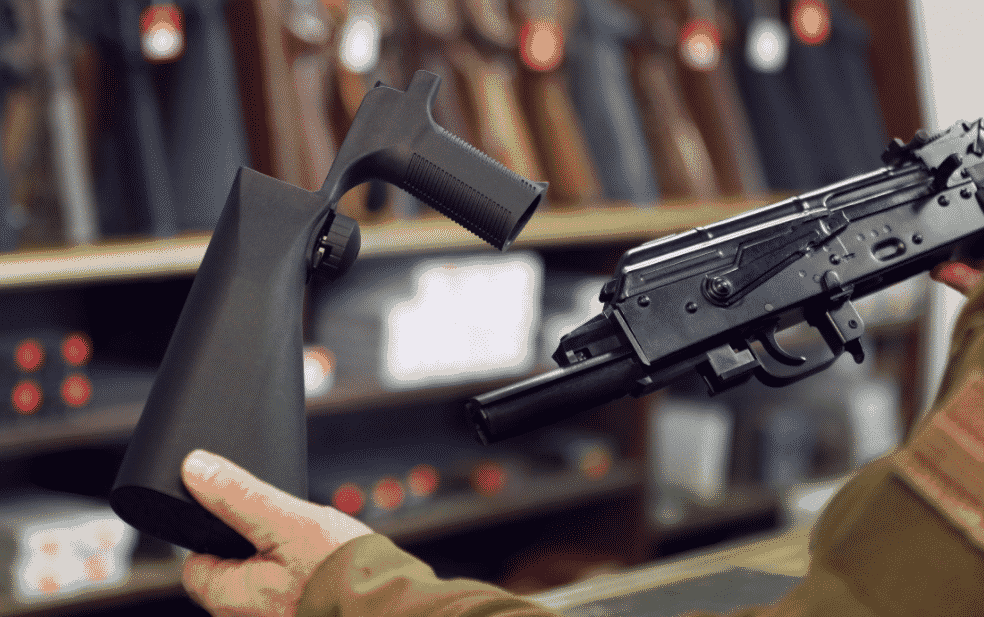
It was announced Friday by Attorney General Jeff Sessions that the Department of Justice proposed a regulation to effectively ban bump stocks by defining them as machine guns.
“After the senseless attack in Las Vegas, this proposed rule is a critical step in our effort to reduce the threat of gun violence that is in keeping with the Constitution and the laws passed by Congress,” Sessions said in a statement.
If the proposal goes through, anyone who owns a bump stock would have to surrender the device or destroy them.
Here’s the summary of the proposal:
The Department of Justice (Department) proposes to amend the Bureau of Alcohol, Tobacco, Firearms, and Explosives regulations to clarify that “bump fire” stocks, slide-fire devices, and devices with certain similar characteristics (bump-stock-type devices) are “machineguns” as defined by the National Firearms Act of 1934 (NFA) and the Gun Control Act of 1968 (GCA), because such devices allow a shooter of a semiautomatic firearm to initiate a continuous firing cycle with a single pull of the trigger. Specifically, these devices convert an otherwise semiautomatic firearm into a machinegun by functioning as a self-acting or self-regulating mechanism that harnesses the recoil energy of the semiautomatic firearm in a manner that allows the trigger to reset and continue firing without additional physical manipulation of the trigger by the shooter. Hence, a semiautomatic firearm to which a bump-stock-type device is attached is able to produce automatic fire with a single pull of the trigger. With limited exceptions, primarily as to government agencies, the GCA makes it unlawful for any person to transfer or possess a machinegun unless it was lawfully possessed prior to the effective date of the statute. The bump-stock-type devices covered by this proposed rule were not in existence prior to the GCA’s effective date, and therefore would fall within the prohibition on machineguns if this Notice of Proposed Rulemaking (NPRM) is implemented. Consequently, current possessors of these devices would be required to surrender them, destroy them, or otherwise render them permanently inoperable upon the effective date of the final rule.







